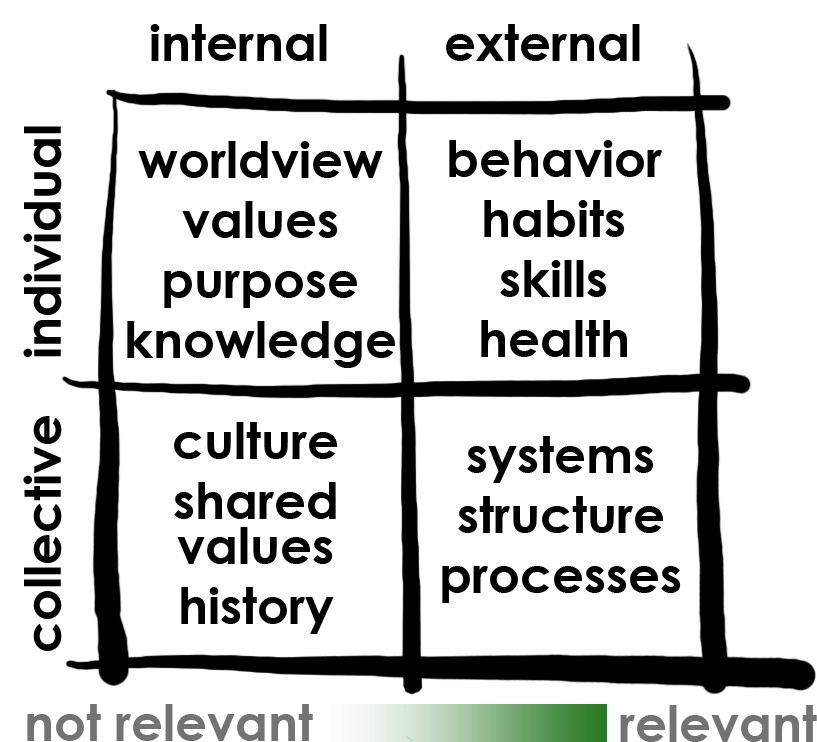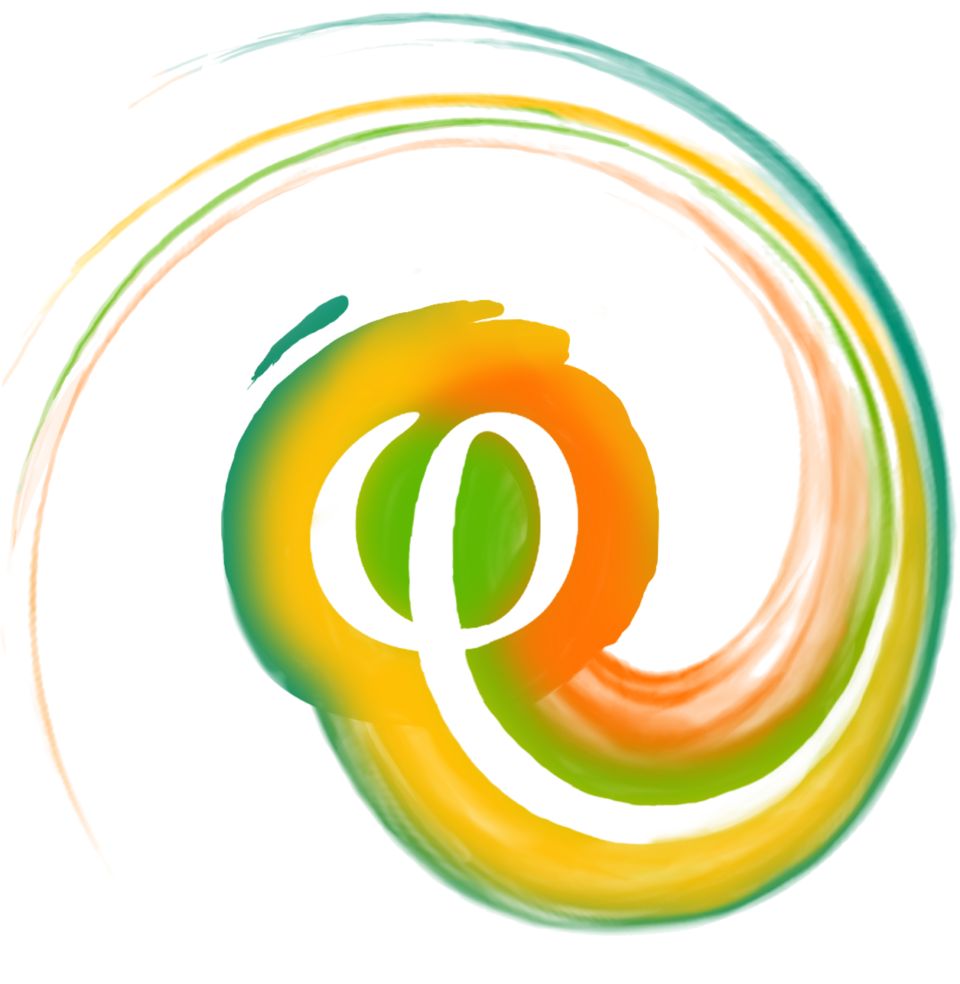Restorative Circles
What is Restorative Circles about ?
Everyone involved gets a chance to be heard for what is important to them, with the process being guided through past, present and future.
In the present section, participants focus on how they feel impacted by the event that took place.
In the past section, they reflect on the intentions behind what was said or done.
The future section is for making agreements and offering next steps to restore harmony.
To convey understanding and build empathy, the circle follows the following format:
- person A speaks to person B
- person B then reflects back what they heard person A say - the facilitator(s) may need to remind person B to hold back their own thoughts and reactions, and try to focus only on repeating what they heard, reassuring them that they will get a chance to speak afterwards.
- Person A then confirms whether person B’s reflection was accurate and may clarify details and add anything else that they wish to convey at this stage.
- When person A indicates they’ve been heard for what they were trying to express, someone else takes a turn to speak, and a new person takes the role of listener.
Each speaker shares one aspect of their experience at a time rather than voicing everything they want to at once. Participants continue to take turns to speak until the facilitator(s) are confident that meaning has been exchanged, and that participants have a new understanding of each others’ perspective. The facilitator(s) guide the process, and may intervene at times if they perceive something important is not being picked up on.
Restorative circles are designed to support mutual understanding, and are focused on healing and moving forward, rather than blame and punishment. Restorative circles are community-owned practices based on the principles of restorative justice. They can be equally effective to restore harm following crime (when there is a victim-perpetrator dynamic) and to repair relationships damaged by inter-personal conflict, (when two or more parties feel equally wronged by the other). In schools, restorative circles are often used as an alternative disciplinary strategy.





Who are restorative circles suitable for?
Is participant experience relevant for Restorative Circles ?


Audience description for Restorative Circles
Restorative circles can be used within community groups, communities of practice, organisations, schools, and even federal and state judicial systems, or anywhere that conflict manifests.
The method works best if it is embedded within a community or organisation, and if there is systemic agreement that any agreed outcomes of the process will be supported by the system (when applied in schools, for instance, it helps if there is agreement beforehand that the school authorities will abide by any decisions made within the circle). Restorative circles should always be optional - it should never be a requirement of any institution that individuals take part.
There is no hierarchy within the circle, and each participant speaks as an equal, not as a boss/employee, teacher/student, or whatever their role may be outside of the circle.
Other prerequisites for participants
A willingness to attend, and to follow the process (this involves an agreement to reflect back another participant’s viewpoint when asked, and to refrain from expressing their own opinions out of turn) It is recommended that participants complete a pre-circle with the facilitator before the main circle.
Additional Questions
Who can call a restorative circle?
Requirements
Ideally a neutral, comfortable and private setting where participants are unlikely to be interrupted or overheard (if meeting online, each participant should try to make sure their location meets these conditions, and that they have a stable internet connection).
Run Through
Facilitator(s) first need to establish a time and venue that suits all participants (https://www.when2meet.com/ is a useful tool for establishing group availability - remember to include the timezone if participants are living in different countries). For online restorative circles, Zoom, or alternative video conferencing platforms, provide adequate meeting space - facilitators will need access to either a pro Zoom account, or equivalent which allows meetings that are not time limited. The link should be shared with all participants in advance of the circle.
Post-circle

project

ERASMUS +
Co-funded by the Erasmus+ Program of the European Union. Find more information about the program and its goals here: https://erasmus-plus.ec.europa.eu/.
Views and opinions expressed are however those of the author(s) only and do not necessarily reflect those of the European Union or the European Education and Culture Executive Agency (EACEA). Neither the European Union nor EACEA can be held responsible for them.

Creative Commons license:
CC-BY-SA You are free to distribute, remix, adapt, and build upon the material in any medium or format, even for commercial purposes with mention of the source: Transformation Hosts International, www. hostingtransformation.eu. If you remix, adapt, or build upon the material, you must license the modified material under identical terms.



